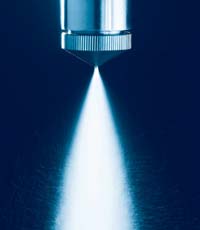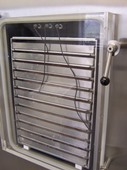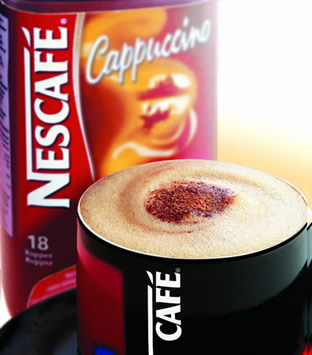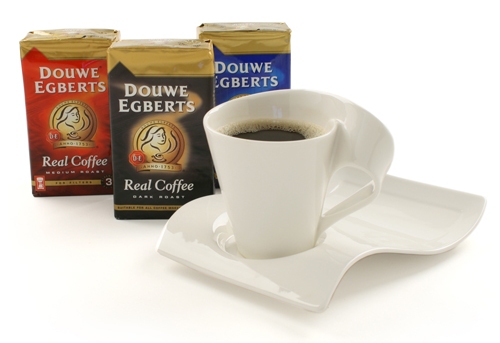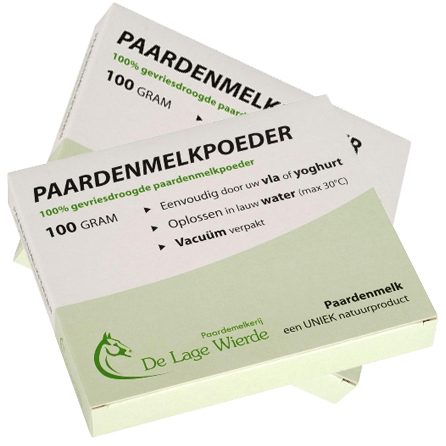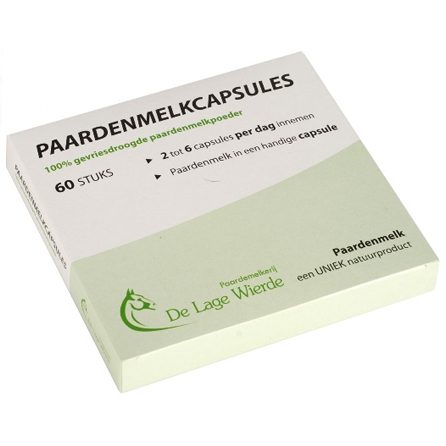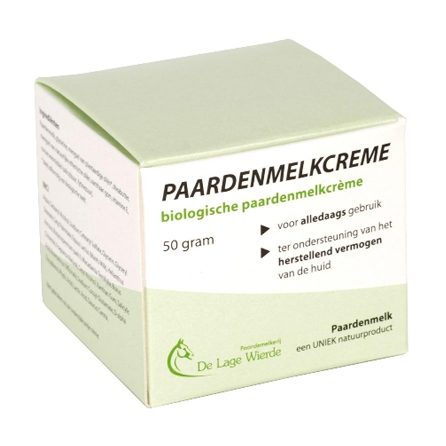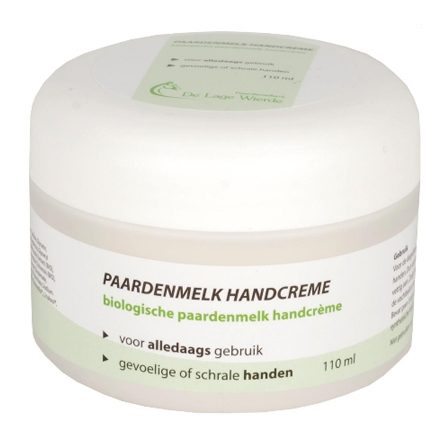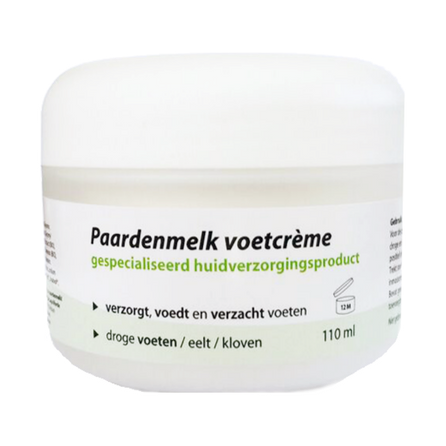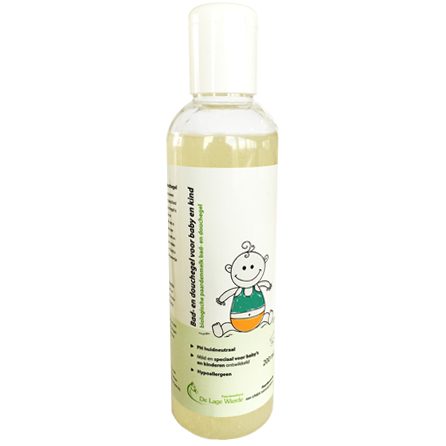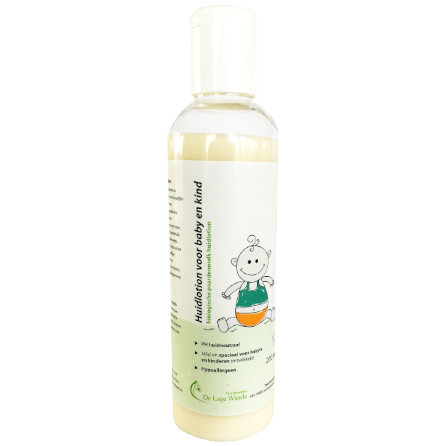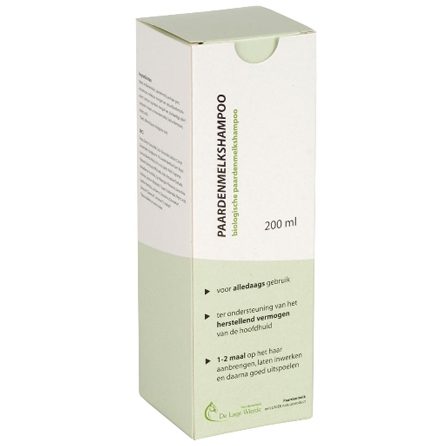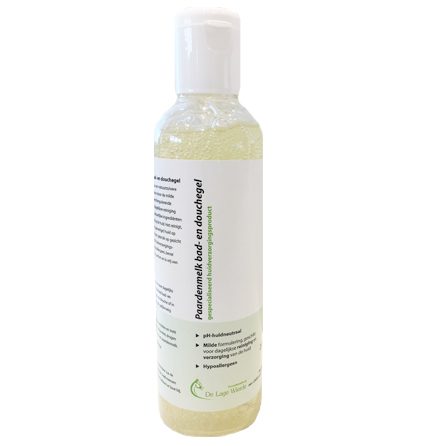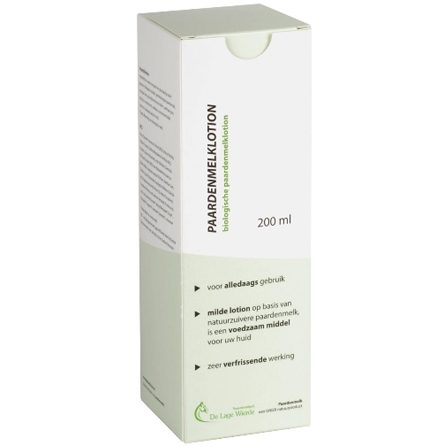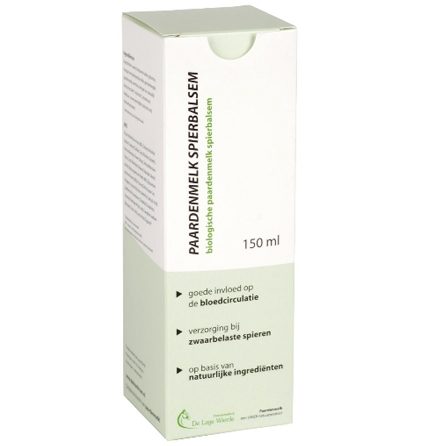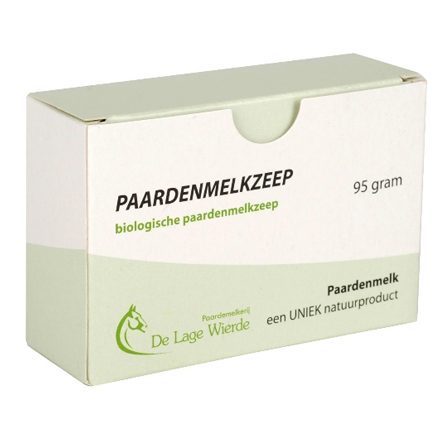Through years horse dairies have seen thousands of customers, all with different complaints. Lots of customers wonder what the difference is between horsemilk powder from horse dairy ‘X’ and horse dairy ‘Y’, considering the price difference. Which can differ from 6 to 10 euros. The answer of this question is the difference between ways of drying and therewith in the quality of horsemilk powder. Hopefully this article will give answer to all questions around these two ways of drying of horsemilk: freeze drying and spray drying.
I want horsemilk powder of the best quality, which one should I take then? When we orient on the internet and search for contact with companies that dry products, we come to the conclusion that the drying temperature has everything to do with the quality of the dried product. There are two ways that are used to dry horsemilk: freeze drying and spray drying. What’s the difference between these two ways of drying? Which powder is of better quality? And why are there differences between the asking prices of horsemilk powder?
Why dry products?
Food preservation to preserve it on long-term, has been used since the beginning of humanity. To build up stocks or to have food available during traveling. Humanity didn’t change in this way. We still build up stocks and we still make travels where we need to be able to take food with us. But the techniques which we have access to nowadays were not available in the early past.
‘’In the past fish dried on the wash line’’
Drying is defined as the application of warmth under controlled conditions to evaporation the present water in liquid foods, that produces solid material. It differs from evaporation, which liquid products will be produced. The main goal of drying is to increase the expiration date by reduce the present water activity in the products. Drying of food is a really old method to remove the present water in food, which is still being used. But of course there are modern technologies for the drying process nowadays. That’s why the drying process can be applied to more products and why the drying process can be complete faster, efficient and hygienic than at the time when fish dried on the wash line.
‘’By drying of products the durability will be very long’’
Application areas
Drying techniques are applied to dairy products (milk, whey and cream), coffee, coffee substitutes, tea, flavours, powdered drinks and food products based on cereal.
Benefits of drying products:
– Almost no loss of nutrients
– No adding of unnatural substances
– Hardly any change in taste
– Durability will be very long
– Package doesn’t need any heavy packages
– The weight of the product reduces
Because there are different products, each with their own properties, they are developed different ways of drying. In essence they all come down to four principles:
– Air drying
– Vacuum drying or puffing
– Spray drying
– Freeze drying
Drying of products has lots of benefits which other preservation methods can’t offer. Durability of nine to several years of these dried products can only be guaranteed when the package is free of liquid (vacuum packed). When there will be add liquid with the dried product, it will return into its original form.
Spray drying
This method isn’t really old yet and actually the most remarkable method, because this method it is about drying of liquids which can’t be heated through their properties without a significant change of the product properties. A heated egg or melted cheese will taste different than the original product. And we want the original product, but without the liquid.
‘’Spray drying is applied on a large scale in the dairy industry and for drying of coffee’’
Basically the principle works like this: de liquid or substance will be sprinkled into a hot cylinder by a sprayer. During the downfall the liquid will evaporate. That liquid will lift off and will be captured. The products that fall down are powder flakes made out milk or another product.
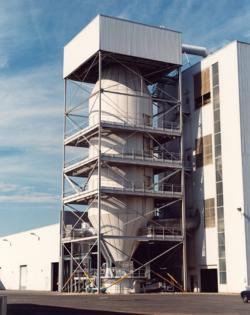
In spray dryers the material that has to be dried will suspend in the air, that is to say that the liquid changes in to a misty fog (atomized) which has a large surface area. The atomized liquid will be exposed to a steam hot air in a drying room. The liquid evaporates fast and the solids recover as powder that exists of fine, hollow spherical parts.
‘’The disadvantage of spray drying is that during the process high temperatures will be needed, that’s why the natural properties of the product will be lost.’’
Air inlet temperatures to about 250°C or even higher are used, but thanks to evaporation the air temperature increases very fast till a temperature of about 95°C: the outlet temperature of the air. The product takes almost immediately a high temperature (50°C) and gives its liquid to the warmer air. The product temperature will lie around 20°C to 30°C under the outlet temperature. The drying air can be heated with aid of steam, direct gas-fired air warmers or indirect air heaters that burn gas, liquid or solids. The product falls down in the spray tower, where the drops stay for around 10 to 30 seconds. At the bottom of the tower the drops are dry and separated from the air by a cyclone. Spray drying is applied on a large scale in the dairy industry and for drying coffee. In general the out streaming air goes, as an integral part from the process, in to cyclones or filters to regain material that will be transferred in to the out streaming air. The regained material will be re-injected in to the product. A spray dryer is constructed so there are points where the lubricant can get in contact with the product that has to be dried. That’s why it’s necessary to use safe lubricant in spray dryers.
Freeze drying
The best known way of freeze drying is probably freeze dried coffee. It’s a development that we owe to the space travel.
‘’Freeze drying guarantees that the nutrients in food will stay intact’’
The principle of this method is that small amounts of a product will be frozen in and thereafter it will be placed under vacuum. Through vacuum the frozen liquid sublimates. The ice immediately changes in to vapour, without to defrost first, also called sublimate. The radiation only works on the outside in first instance, whereby the outside will be the first part that dewaters. After that the water is removed closer and closer till the core of the product. Hereby the structure of the product stays intact and that’s why the dried product can absorb quickly after the process. Due to the vacuum the ice will evaporate immediately without turning in to water again, and this guarantees that the majority of the taste, of the texture and of the nutrients will stay intact.
‘’Freeze drying takes place at specialized companies in expensive machines’’
The quality of freeze dried products is the highest quality, mainly because the temperature stays low during the whole process. Through the low temperature the aroma stays intact and there occurs no change of colour, which is the case with spray drying. Nowadays the largest part of instant coffee is freeze dried.
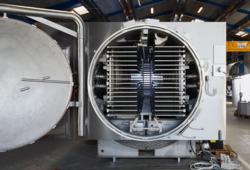
There exist to methods of freeze drying; warm and cold freeze drying. By cold freeze drying there will be achieved a temperature of -40°C, warm freeze drying takes place at a temperature of 0°C, but under great pressure thereby freezing still occurs. The advantage of warm freeze drying is that by the minimal temperature differences less quality loss occurs.
‘’The quality of freeze dried products is the highest quality, mainly because the temperature stays low during the whole process.’’
Package
Nothing is as important than the packaging of the powder. The powder has to be packaged without any oxygen or fluid. The most common form of packaging for dried products is vacuum. With a proper packaging the durability of dried products can take up to a minimal of eighteen months.
Conclusions
Advantages of spray dried products:
- – The volume influences positively and the solubility in water increases
- – It is a relatively simple and short process
- – Drying by spray drying is cheaper than freeze drying, so spray dried products are cheaper than freeze dried products
- – A spray dryer has a much larger capacity than a freeze dryer.
Disadvantages of spray dried products:
- – Products are exposed to high temperatures, thereby the product properties damage
- – The product takes almost immediately a high temperature and gives its liquid to the warmer air.
- – Drying of liquids that almost can’t be heated through their properties without a considerable change of the product properties.
- – A spray dryer is constructed in a way that there are spots where lubricant can get in contact with the product that has to be dried.
- – Due to the high temperatures, aroma, colour and taste of the powder can be affected.
Advantages of freeze dried products:
- – The volume influences positively and the solubility in the water increases
- – After rehydration the product has in strength level the properties of the original product
- – The product has a short preparation time
- – The product properties stay intact, because the drying process takes place at low temperatures
- – The product is of high quality
- – The structure of the product stays intact, that’s why the product can absorb fluid again after the drying process
- – The quality of freeze dried products is the highest, mainly because the temperature stays low during the whole process.
Disadvantages of freeze dried products:
- – The costs of the whole process are high and the drying time is long
- – This is why the product can be 10 times more expensive than spray dried products
- – Freeze drying is a energy-consuming process
- – It takes place at specialized companies in expensive machines
- – A freeze drying machines requires a large investment.
How do they make a delicious cup of Nescafé?
By drying the liquid coffee (by using one of the two drying methods), you’ll get instant coffee. At spray drying the fluid atomizes by the hot air stream in a high cylinder tower. While the spots are falling down, they dry. They appear at the bottom of the tower in fine powder form.
‘’Freeze drying is reserved for the more expensive coffee of the highest quality.’’
At freeze drying the fluid will freeze at -40°C, in a thin layer. That layer will crumble to miniscule parts and then these parts reject to hard vacuum. This vacuum makes the boiling point of water decrease sufficient, so it even can evaporate at low temperatures. That’s why the aroma of the coffee stays preserved in the instant coffee that remains. For most of the instant coffee the method spray drying is used. Freeze drying is reserved for the more expensive coffee of the highest quality.
Spray drying
At spray drying hot stream is being used to evaporate the fluid. The coffee is pulverizing under high pressure in a tube where streams hot air through. When the coffee and the hot water meet, the water evaporates and there remains coffee powder that will collect at the end of the process. You can compare this process with a swim in the sea: when your body dries in the sun after a swim in the sea, there will appear with stripes on your body. The water evaporates and what remains is dissolved salt. In the same way the water evaporates, when people let concentrated coffee burst in billions of spots and then expose it to hot air. What remains is coffee in the form of brown powder.
Freeze drying
At this method cold is being used. The fluid coffee will be frozen in at -40°C. The ice that remains, will grind in to grains. The frozen coffee grinds are going in to the freeze dry chambers. In these areas (which are airless) the fluid will withdraw from the grains by a concentrated heat supply. Before the grains get the chance to melt, the ice changes in to steam (=sublimate). Also here the fine powder coffee remains. You can compare this process with an ice cream man who sells his ice creams at a hot day on the beach: He opens the cover of the ice boxes and there escapes a little steam. Steam in hot, that’s the principle of freeze drying: ice that will suddenly expose to hot air, won’t get the chance to melt, but immediately changes in to steam.
What does Douwe Egberts say on their website about spray drying and freeze drying?
Instant coffee got introduced in the fifties. With instant coffee you’re ready soon, because the coffee is already brewed in the factory. To make instant coffee, every day we make millions of cups of fresh coffee. We condense this enormous amount of fresh coffee, by evaporate the water. But then you’ll have no instant coffee yet. The condensed coffee has to be spray of freeze dried before it turns in to instant coffee.
‘’The disadvantage of spray drying is that high temperatures are necessary, thereby the natural properties of the coffee are lost.’’
Freeze drying
During freeze drying we freeze the substances to a temperature around -40°C. The water parts will change in ice crystals then. By sumblimate, a process where you add a little hot steam, only the ice evaporates and there will remain coffee grains.
Spray drying
A more simple method of drying is spray drying. The coffee condense will, with hot air, pulverize in to a high tower. Through the heat the water evaporates during the downfall to the bottom of the tower, so there will only remain powder coffee. A disadvantage of this method is that you’ll need high temperatures. , thereby the natural properties of the coffee are lost.
Resources:
– www.hyfoma.com/nl/content/productie-technologie/warmtetransport/drogen
– www.gea-pen.nl/geaprocessnederland/cmsdoc.nsf/WebDoc/ndkw74lcfq
– www.nestle.nl/nescafe/nescafe/2_1_thuis/2_1_1_nescafe/2_1_1_2_productie.html
– www.de.nl/vriesdrogen
– www.globetrotter.nl/lucht_droogmethodes3.html
* You will see the Dutch packaging unit on the picture.
-
Horsemilk / Maremilk Cream
€15,50 -
Horsemilk / Maremilk Shampoo
€11,50 -
Horsemilk / Maremilk Lotion
€11,50
* You will see the Dutch packaging unit on the picture.

